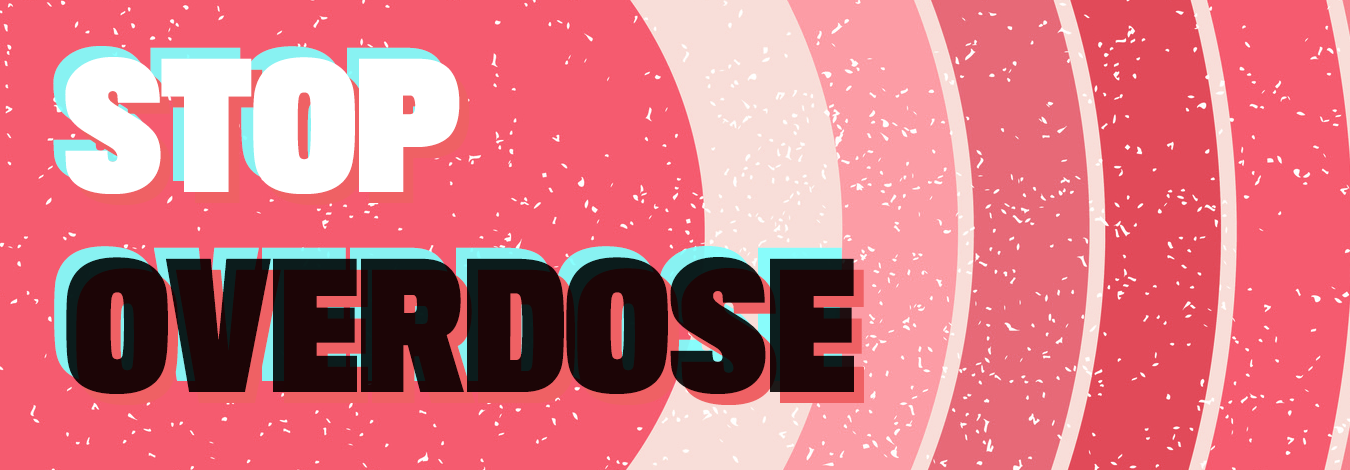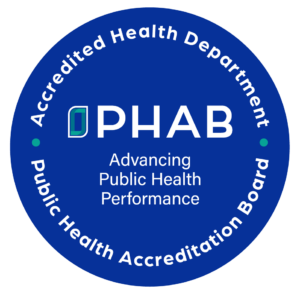The Union County Overdose Prevention & Fatality Review Coalition was established in 2017. The Coalition was created through the Prescription Drug Abuse Action Group (PDAAG), which is now known as the Ohio Overdose Prevention Network (OPN). In 2018, the Coalition developed a local strategic plan and community overdose response plan that would aid in the Coalition’s response to drug overdoses in Union County. Both plans are reviewed and updated on a quarterly basis, during Coalition meetings that are held every third Friday of the selected month. The Coalition also runs an Overdose Fatality Review, which is a multidisciplinary team of community partners and agencies that meet to share and discuss unintentional drug overdose deaths in Union County, and the community’s response to those deaths.
Our Mission
A partnership of Union County agencies, service entities, and the community working together to reduce drug overdose deaths through prevention efforts and education in the community.
Union County Overdose Prevention Coalition is proud to partner with Project DAWN. Project DAWN (Deaths Avoided With Naloxone) is a network of opioid overdose education and naloxone distribution programs (OENDP) coordinated by the Ohio Department of Health. Learn more about Project DAWN and how you can obtain a naloxone kit here.
Marysville Fire Department, and Northwestern Fire Department, operate Community Paramedicine programs where paramedics visit residents on a non-emergency basis with the goal of decreasing the number of times the individual calls 911. Areas that our paramedics may be able to assist with are: gateway to community resources, fall prevention measures, and coordination of medical providers. If you have questions regarding the community paramedic program, please contact the Marysville Fire Division at (937) 642-2065 or email cp@marysvilleohio.org, or contact the Northwestern Fire District at (937) 246-2156.
PROJECT DAWN / NALOXONE “NARCAN”

Project DAWN is a network of Ohio-based programs that provide drug overdose education and naloxone kits (also known as Narcan) to the public free of charge. Naloxone is a safe medication that can be used to quickly reverse an overdose caused by an opioid. In Ohio, anyone can legally carry and administer naloxone.
There are 4 options to receive a naloxone kit(s):
- Call (937) 645-2045 to schedule a training (individual or group)
- Email shawn.sech@uchd.net to schedule a training (individual or group)
- Click HERE to receive an individual kit in the mail
- Attend at community class (please make sure to RSVP!)





